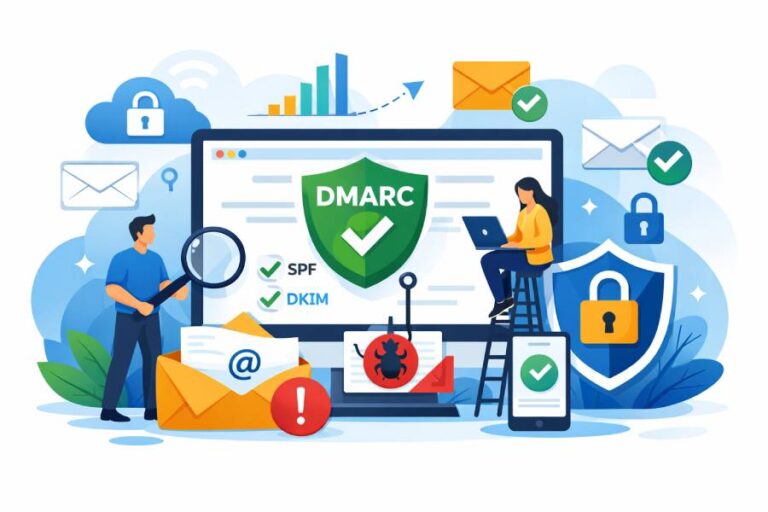How to Fix “External Verification Failure” — A Complete Guide by DMARCReport
Email authentication is no longer a luxury — it’s a critical part of protecting your domain from abuse, spoofing, phishing, and deliverability issues. At DMARCReport, we help thousands of organizations understand and resolve technical email security problems every day. One of the most common issues domain owners encounter when managing DMARC records is an error…










